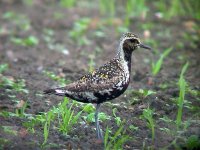Quacker
Well-known member
I notice now some lower end (Samsung - cost sub-£200) camcorders have 33x optical zoom.
Previous best was 30x Panasonic. Assuming a rock-steady hand or better a solid tripod base, has anyone tried such machines for birding?
Sure, I appreciate it isn't the huge magnification of digi-scoping, but it is also fair to say it isn't the technical "faff on" (set-up) either - with the added bonus that not only does it not matter if the bird moves, but is preferred lol.
Now as I say, I haven't tried this approach, but wonder if others have and what they think? I fully accept it is yet another piece of gear to drag around, but before ahem, upgrading my old camcorder, wonder if many people keep video diaries?
Apart from Paul Hackett of course
Steve
Previous best was 30x Panasonic. Assuming a rock-steady hand or better a solid tripod base, has anyone tried such machines for birding?
Sure, I appreciate it isn't the huge magnification of digi-scoping, but it is also fair to say it isn't the technical "faff on" (set-up) either - with the added bonus that not only does it not matter if the bird moves, but is preferred lol.
Now as I say, I haven't tried this approach, but wonder if others have and what they think? I fully accept it is yet another piece of gear to drag around, but before ahem, upgrading my old camcorder, wonder if many people keep video diaries?
Apart from Paul Hackett of course
Steve






